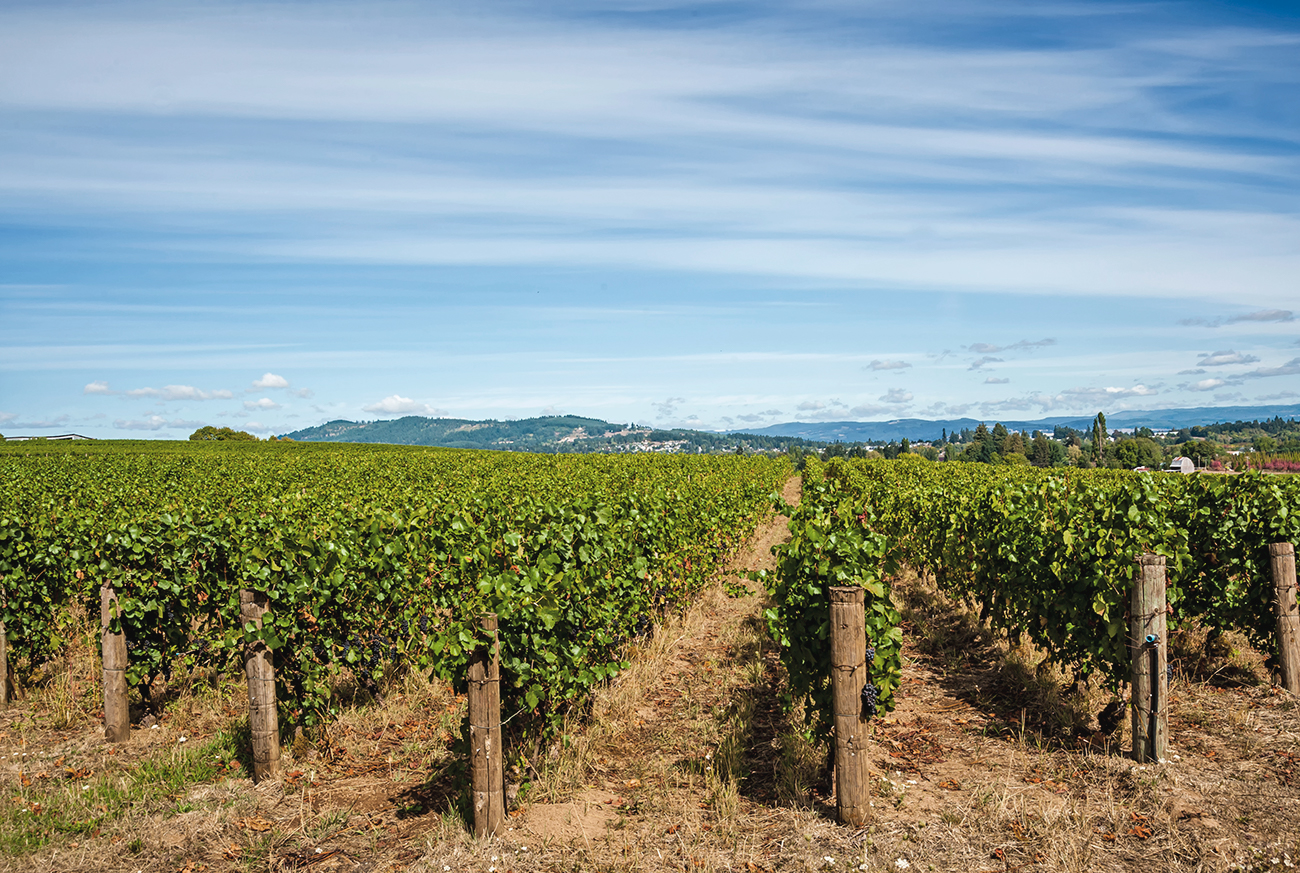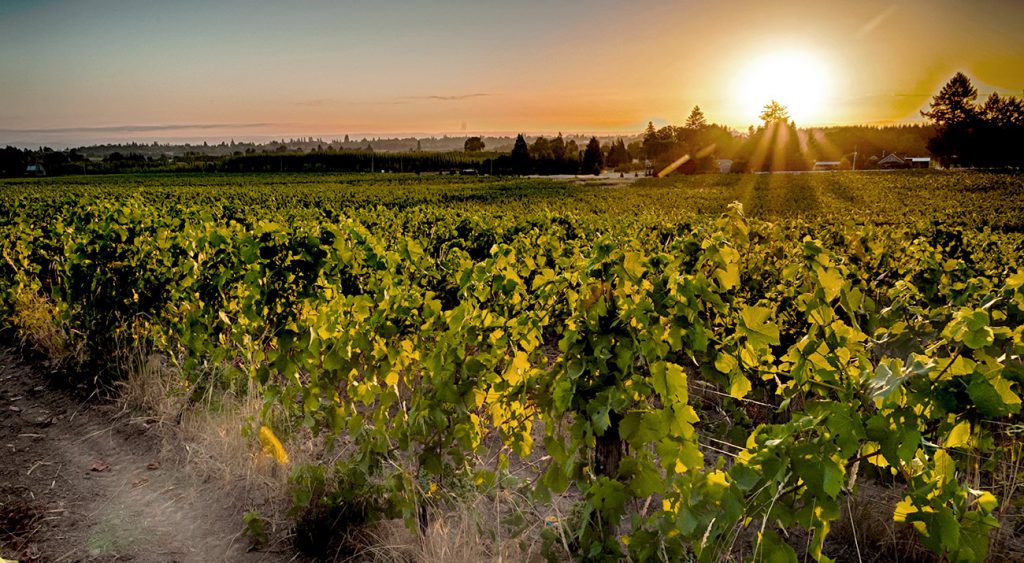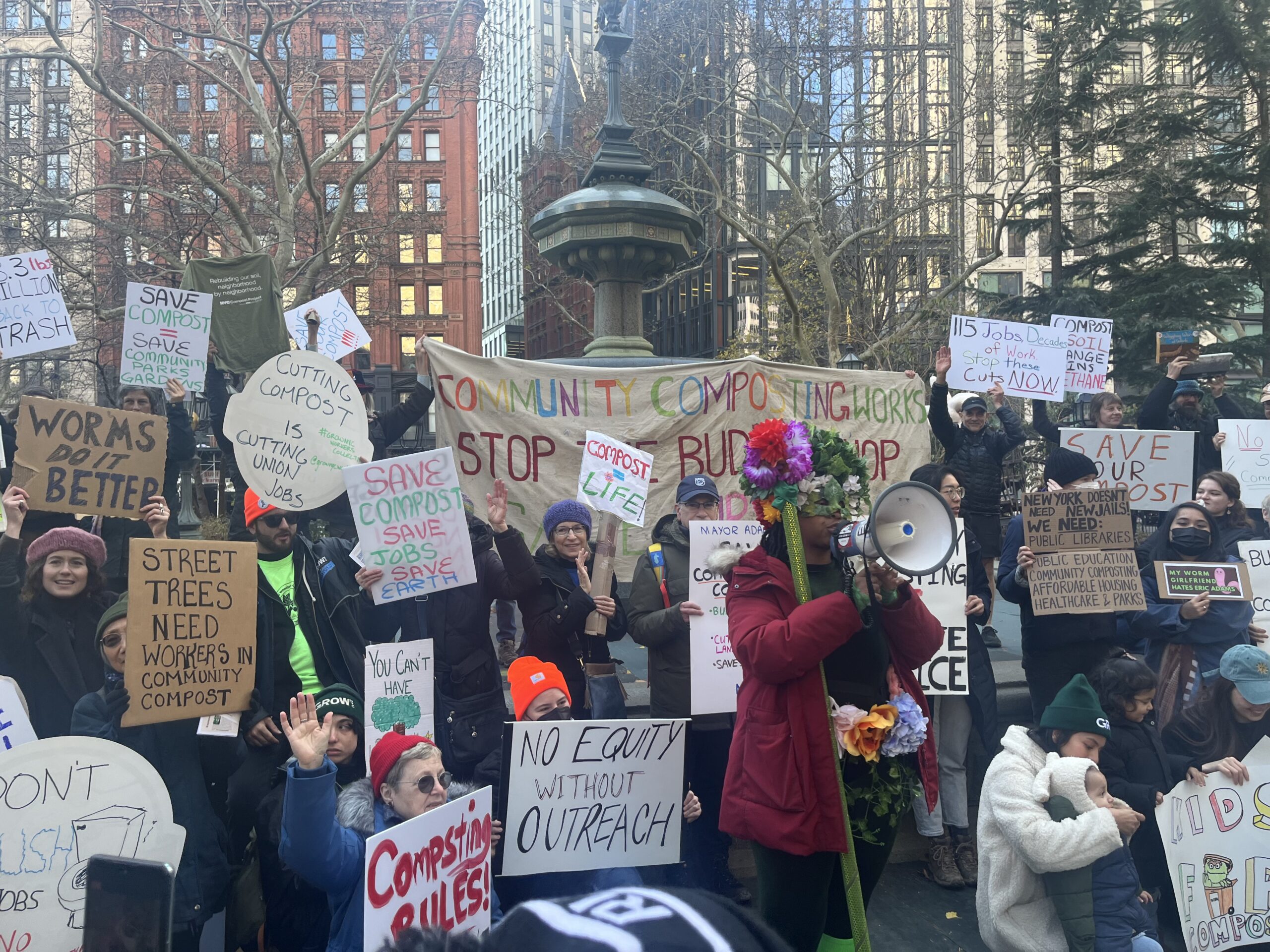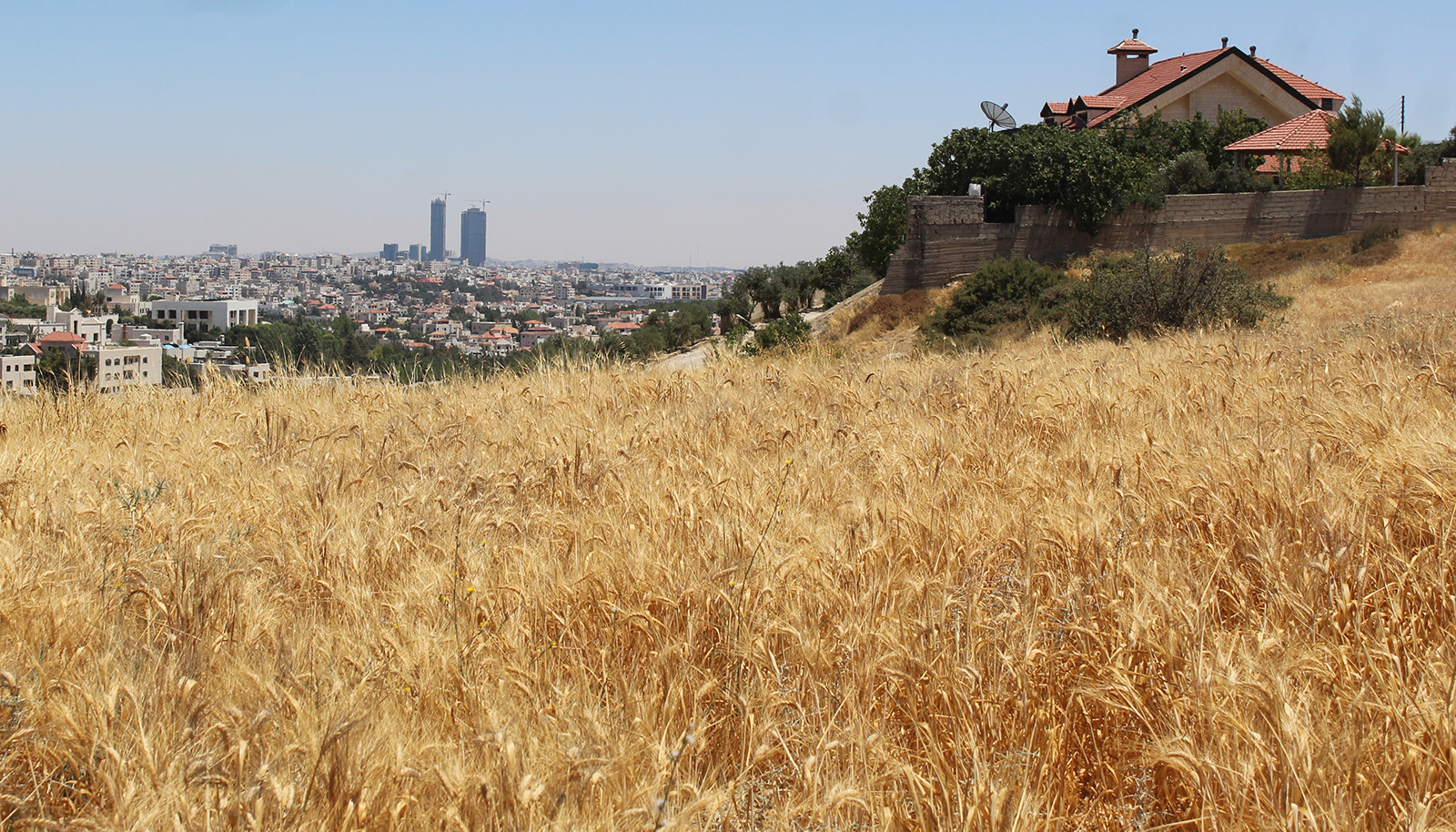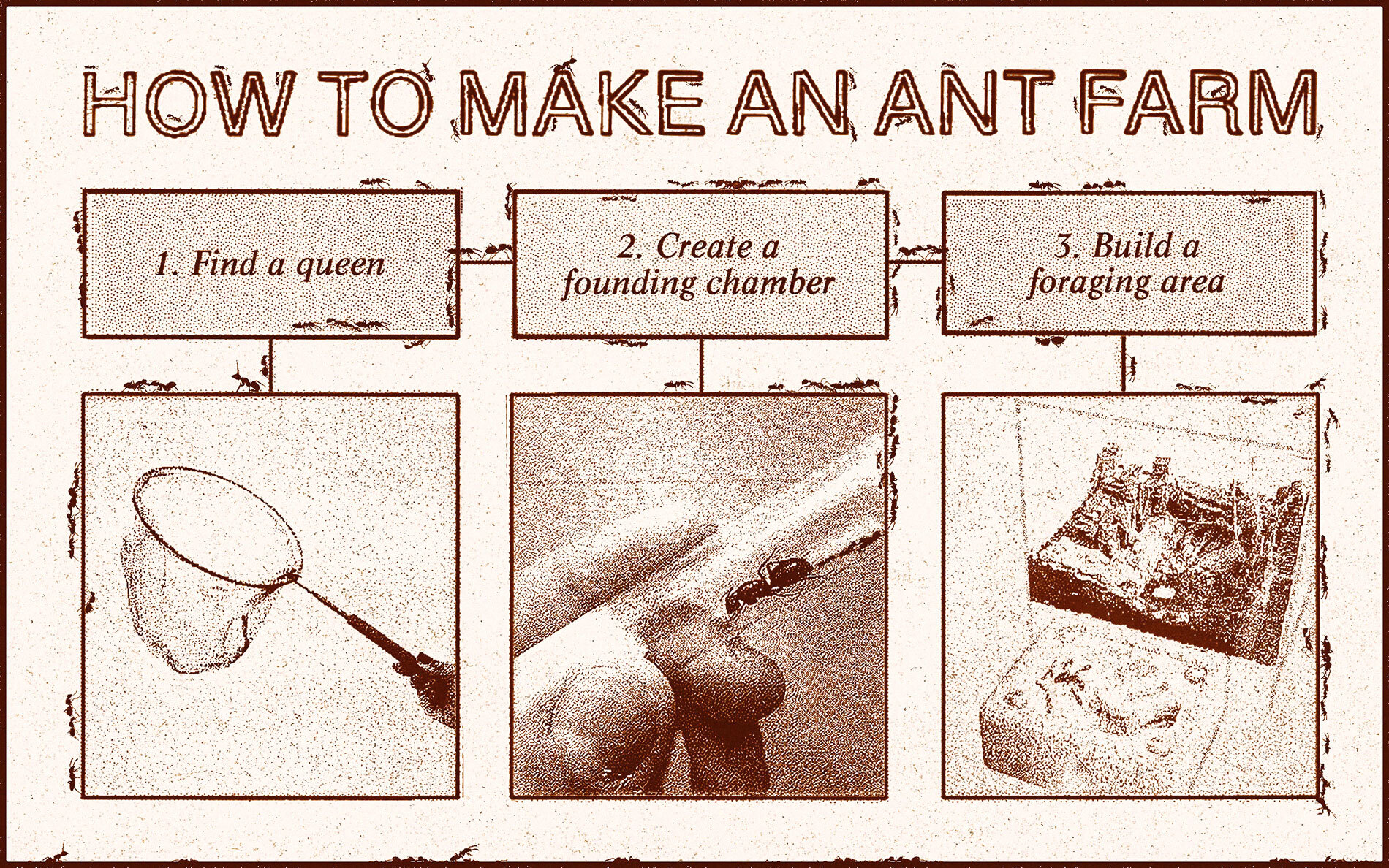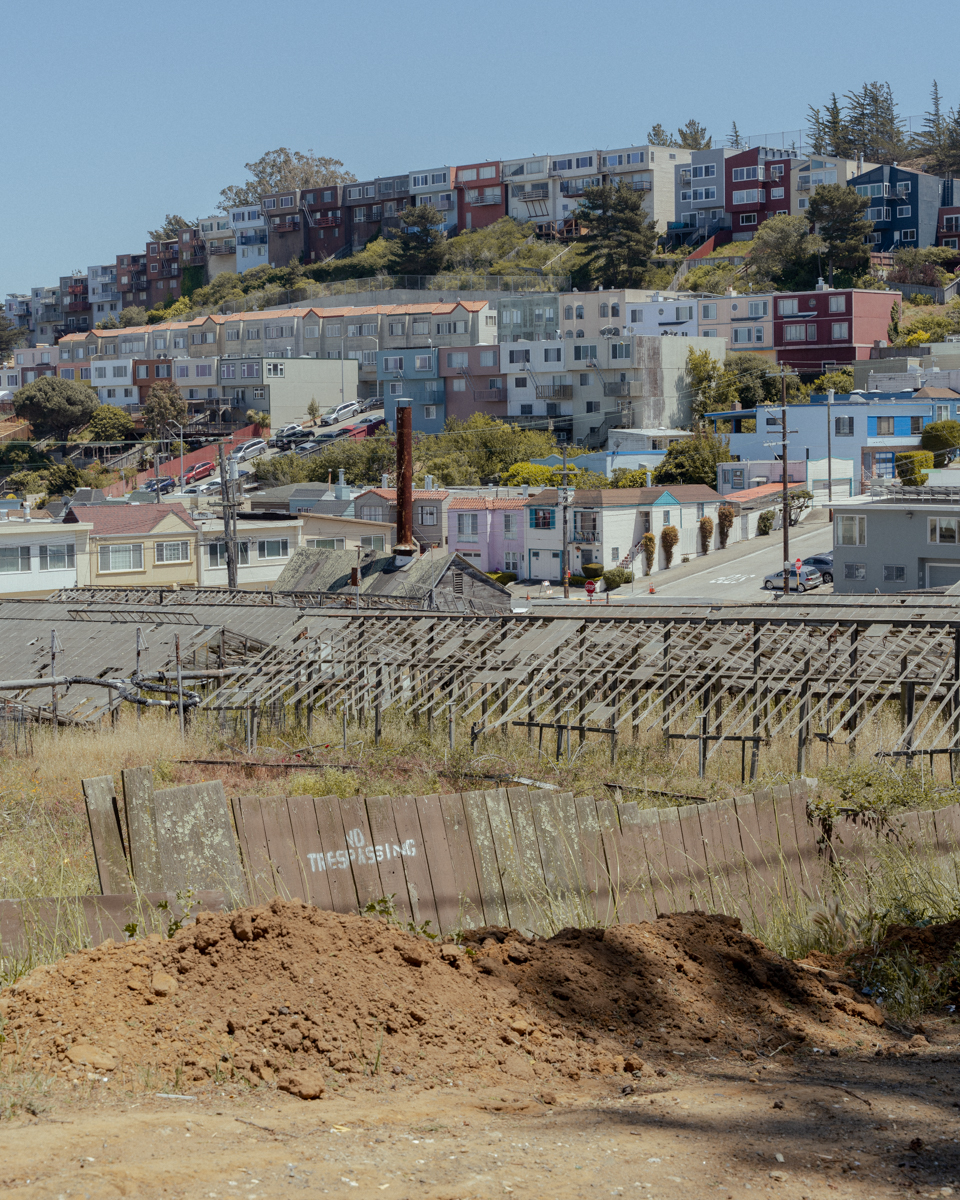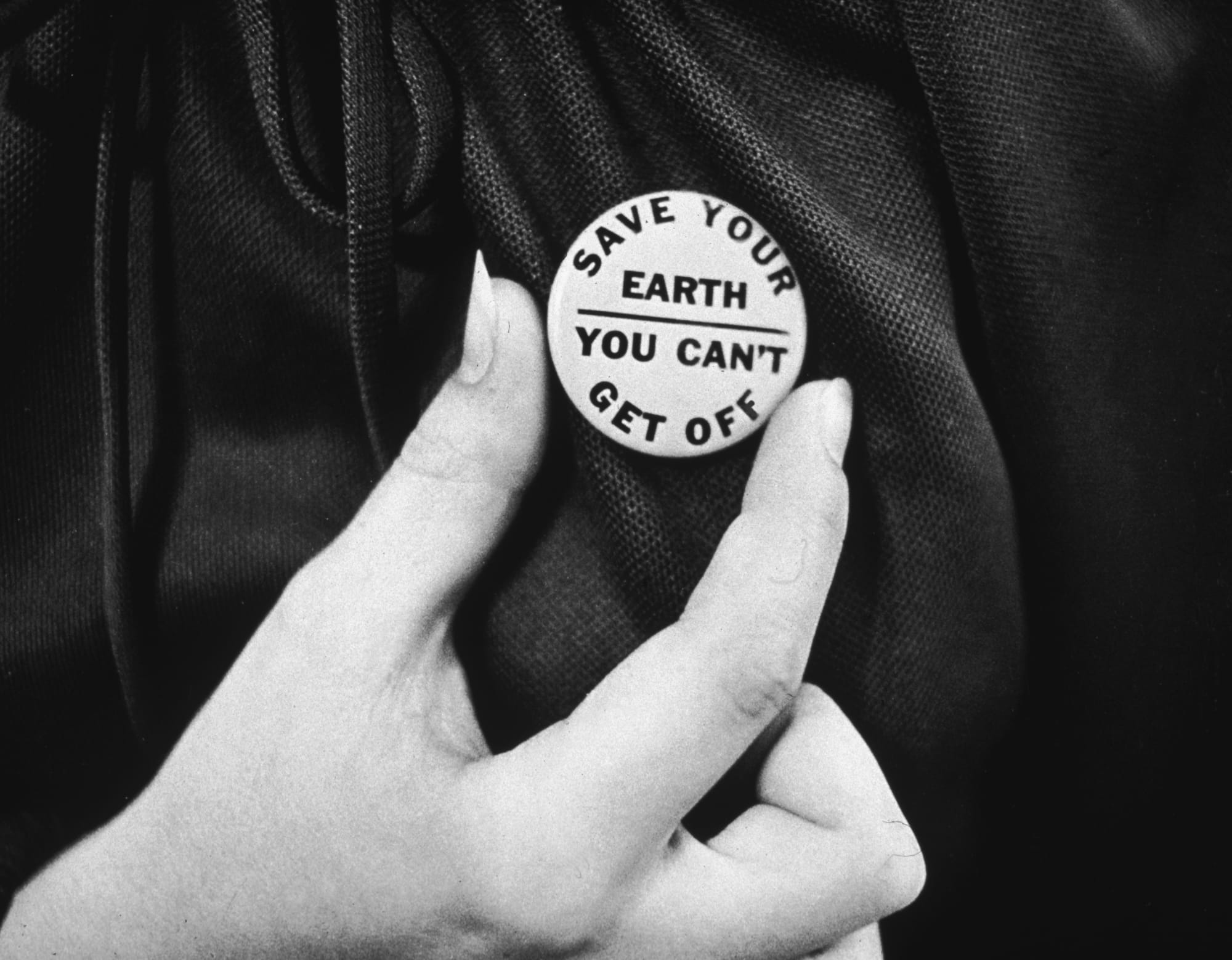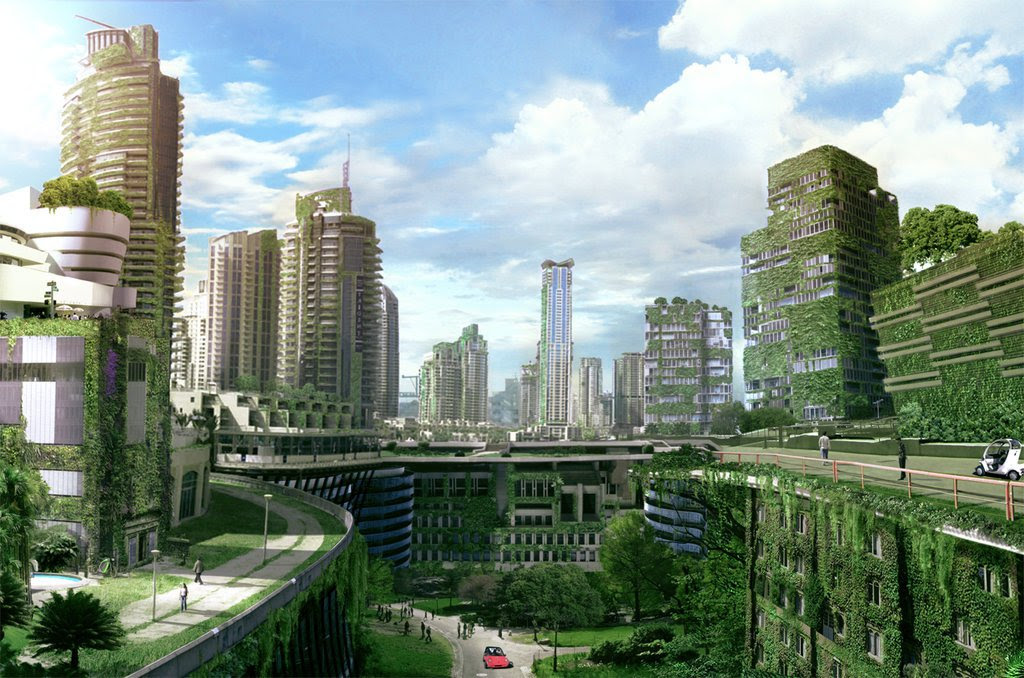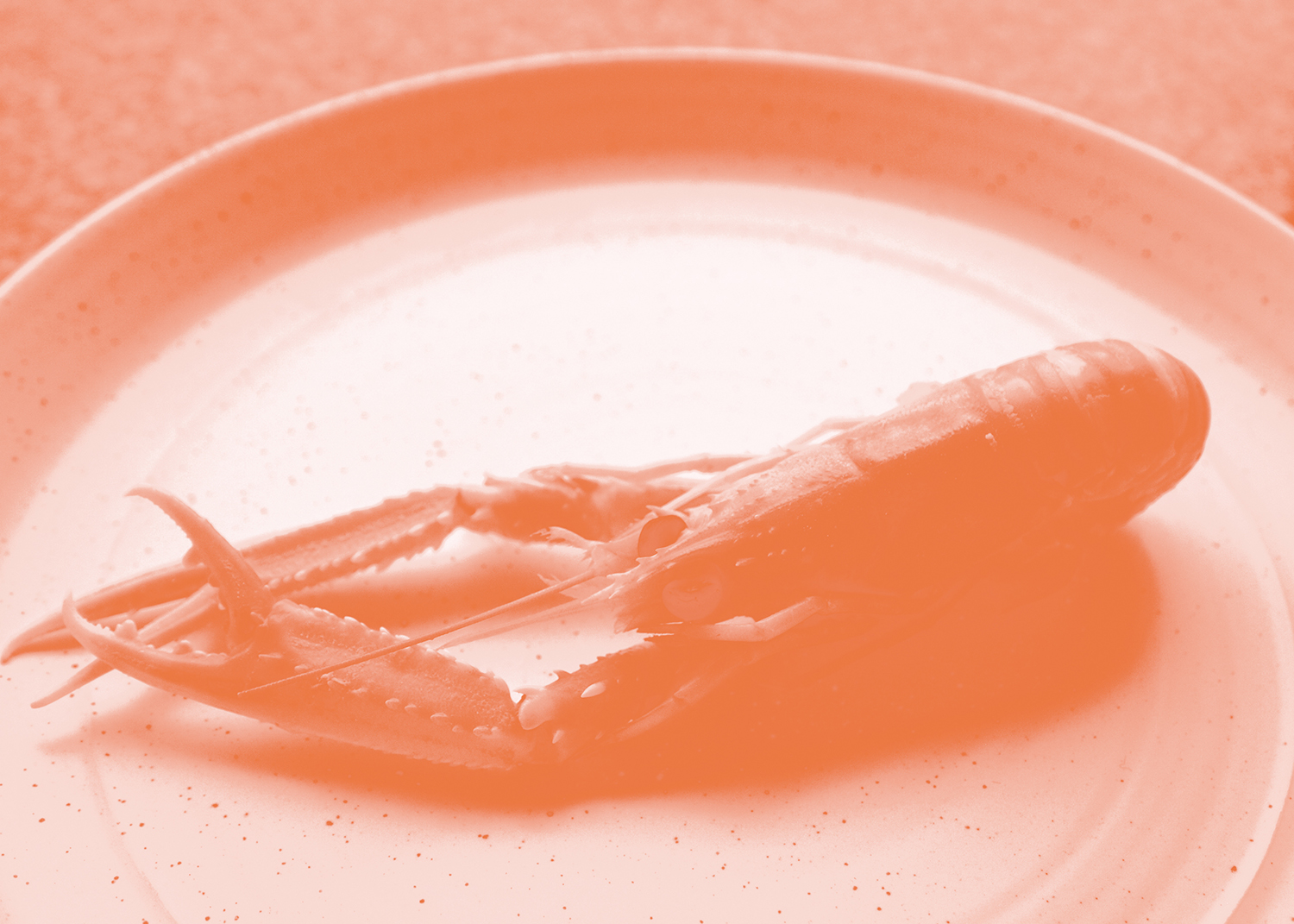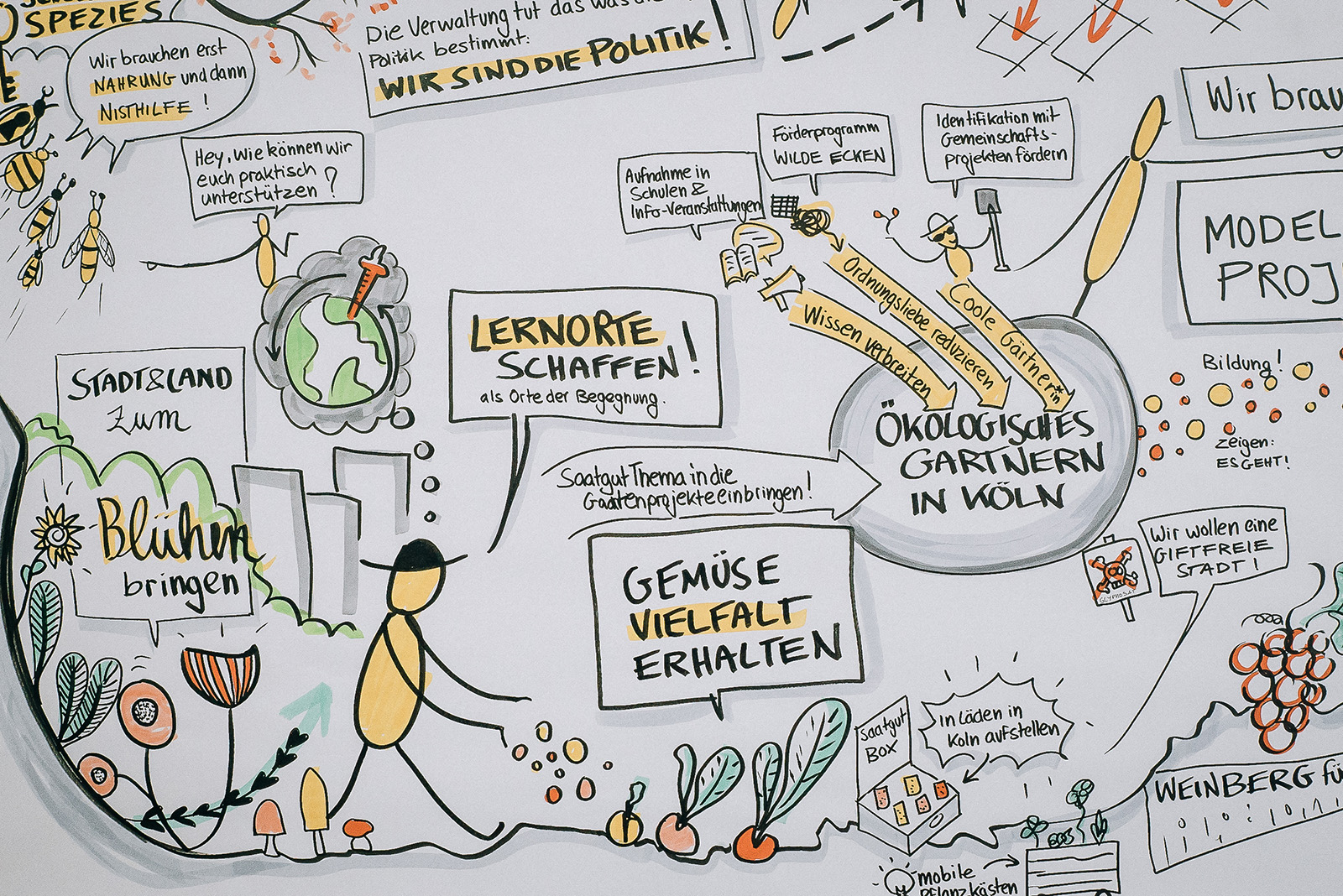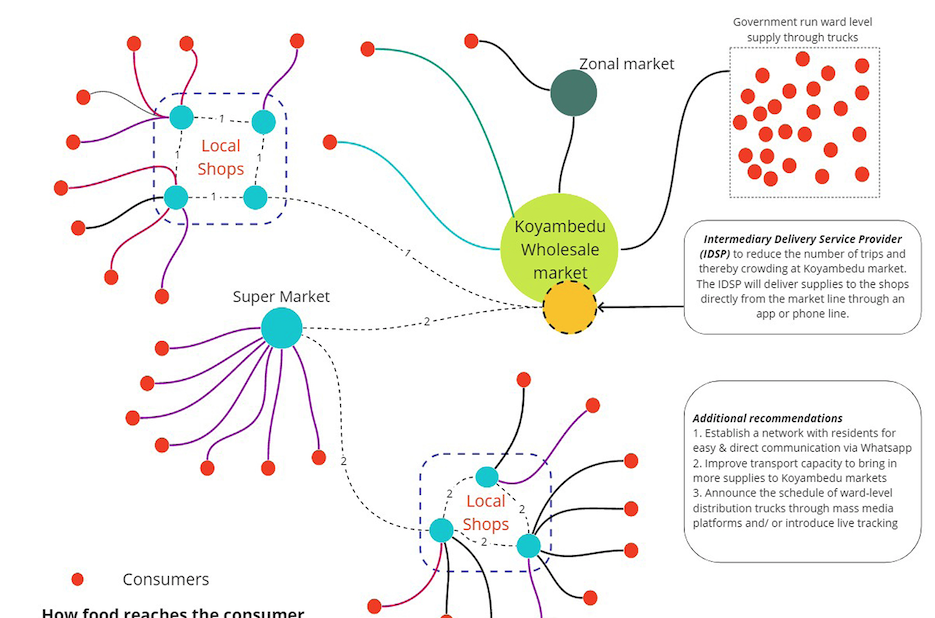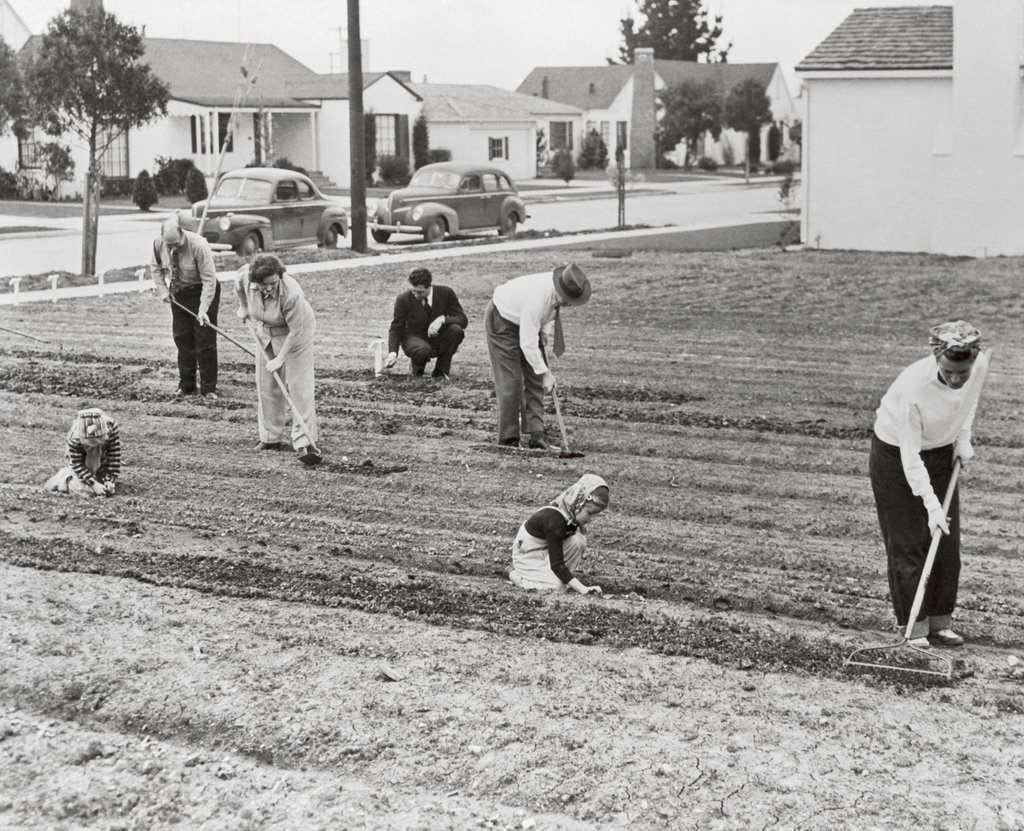There are many reasons why you might not think of wine—and the grapes that it comes from—as just another beverage. Unlike so many other food and beverage products, wine is made and sold with rare distinction, often communicated through ornately labelled bottles or perhaps more directly, through a sometimes shocking price tag. With international competitions and a rich history of critical scrutiny, viticulture is for many, nothing less than an art form. And yet, like most multinational agricultural products, in the fertile regions where some of the world’s most celebrated wines are produced the cost to biodiversity is steep.
Having contributed to the desertification of the Mendoza region of Argentina, deforestation and erosion in Northern Italy, and the rapid deterioration of oak forests in Oregon’s Willamette Valley, , vineyards have a track record of devastating habitats for local species. With rapid species extinction in fertile wine land some of the world’s most celebrated wine comes at the cost of aggressive land use and habitat destruction for species at every level of the ecosystem. The lucrative nature of the wine industry has enabled a growing number of wine producers to cater to more younger and ecologically-minded consumers, by adhering to more rigid biodiversity and sustainability standards than other consumer food and beverage products. While viticulture committed to supporting biodiversity often is shown to make for better wine, the consistent and continuous growth of the wine industry in fertile regions of the US and internationally has made it a growing threat to fragile networks of biodiversity.
With rapid species extinction in fertile wine land, some of the world’s most celebrated wine comes at the cost of aggressive land use and habitat destruction for species at every level of the ecosystem.
In California, space devoted to wine production has doubled since the 1990’s. Napa County, famous for its vineyards, has seen a sizable share of that growth, and with it, a dramatic transformation of the local ecology, impacting many of the species that occupy the valley. Changes to the coniferous and oak forest, shrub lands, and waterways have critically reduced important wildlife migration corridors. Threatened and endangered species of Steelhead trout and Pacific salmon are being killed off by vineyard irrigation that is choking waterways with eroded soil. “Chemical farming” is still common practice on many California vineyards, using pesticides and herbicides including glyphosate—a carcinogenic chemical that is also devastating to insect populations (the chemical has been banned in Germany to protect insect populations, even though the global producer of glyphosate, Bayer, is based in Germany). Such reductive land use practices are threatening species in California. However, when it comes to creating legislation that might help protect lands and waterways from harmful land-use practices, taking on the wine industry has proven to be a losing battle.
In the face of widespread ecological damage from vineyards, there are some growers that are looking to reshape the vineyard around biodiversity, making it more than just a grape-producing—and species-consuming—machine. While there are plenty of vineyards that practice organic farming and refrain from using toxic pesticides, these solutions only address part of the larger issues that make vineyards so disruptive to complex ecosystems. Converting vineyards from the destructive “chemical farming” model requires viticulturists to reconsider the whole system—and everything living within it.
Despite the difficulties of making the change, embracing biodiversity can often be better for the grape vines in the end. “Not only are the vines healthier, the root system is larger and more engaged with the population of soil microbes which engage with the soils in a different, more diverse way thus expanding the scope of the nutrient pool for the vines.” says Rudy Marchesi, wine producer and chairman of Demeter USA association that certifies vineyards for “biodynamic” farming practices. Biodynamic farming is one methodology for looking at the farm as a holistic system as such it sets aside portions of the farm or vineyard for wildlife, builds insectaries to encourage balanced insect populations and increases the percentage of organic matter in soil—which helps to sequester carbon.
Despite the difficulties of making the change, embracing biodiversity can often be better for the grape vines in the end.
Advocates and practitioners of biodynamic farming, have long believed that agriculture needn’t be as rampantly destructive to the environment as it has been for the past century, in fact, they see agriculture as a way to help support habitats. Still, for a huge portion of the wine industry, reconstructing international and often dynastic production practices for the sake of other species isn’t motivation enough. “The biggest obstacle is fear of losing a crop or [a] drop in revenue and of course the chemical companies don’t want to lose customers,” says Marchesi, but qualifies this by noting that bolstering biodiversity will have its rewards. “ Our experience has been that it takes some effort to transition within the first few years but in the end we get a better product without any loss of yield and our farming costs are lower than the average for our area and crop.”Biodynamic or chemical, at the rate that regions like Napa are being cut up into larger and larger estates for vineyards, it is unlikely that the many critically threatened native flora, fauna, insects, and fungi in these areas will make a major comeback. Nonetheless, wine is a prestige product, and the very high rate of return on wine makes it distinct from other large-scale agricultural products. With the wealth that viticulturists often benefit from there is little excuse to not make vineyards better facilitators of biodiversity.
